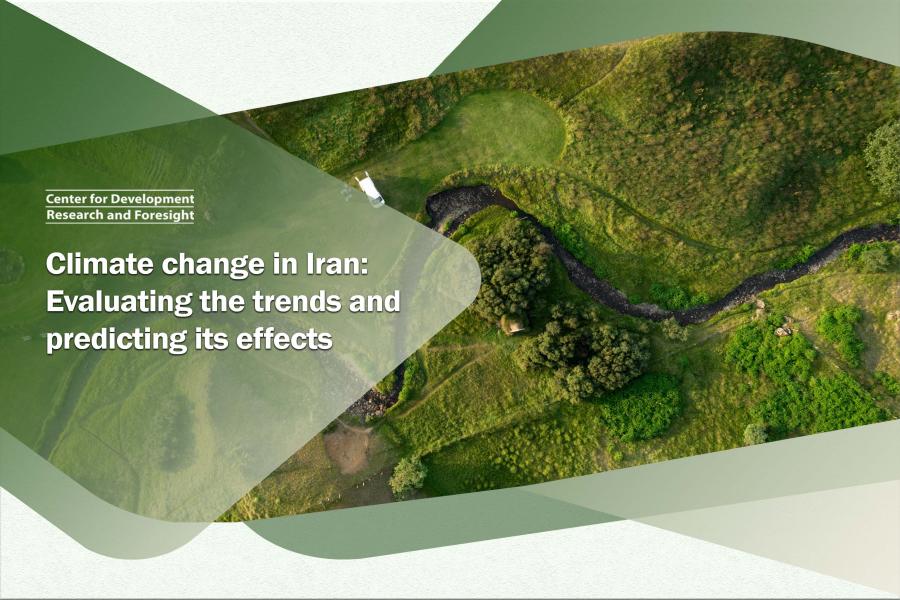
-
بررسی آییننامهها و دستورالعملهای برنامه هفتم پیشرفت
-
بررسی عوامل موثر بر افزایش تصادفات و تلفات جادهای و سوانح رانندگی و دادهکاوی تلفات انسانی
-
سازماندهی و بازآرایی فضایی آموزش عالی کشور
-
به روز رسانی سند ملی آمایش سرزمین
-
انجام مطالعات مناطق آزاد به عنوان نواحی پیشران اقتصادی کشور
-
اصلاح ساختار بودجه و پیاده سازی نظام یکپارچه مدیریت اطلاعات مالی دولت (IFMIS)

Climate change and global warming have been one of the issues that have captured the attention of many researchers since the late twentieth century and have become the most significant challenge of the present century. The Earth's weather has been disrupted during these years, and its temperature has been increasing day by day.
Climate change and global warming have been one of the issues that have captured the attention of many researchers since the late twentieth century and have become the most significant challenge of the present century. The Earth's weather has been disrupted during these years, and its temperature has been increasing day by day. weather refers to the average aquatic or terrestrial atmospheric conditions according to seasonal and time conditions.
Generally, weather is determined by a combination of changes in surface and atmospheric parameters such as temperature, precipitation, wind speed, humidity, cloudiness, soil moisture, sea surface temperature etc. These conditions, along with the measurement of other parameters such as minimum daily temperature, length of growing season, or intensity of floods, determine the climate of a region in the long term.
This research aims to conduct a Climate Change Assessments of Iran over a long-term period and then make predictions for the year 2030, which aligns with the timeframe of the National Spatial Planning Document of the country. The modeling in this study is based on the Fifth Assessment Report (AR5) of the Intergovernmental Panel on Climate Change (IPCC), specifically the Coupled Model Inter-comparison Project Phase 5 (CMIP5) models. There are various methods for predicting and assessing climate change, but the approach used in this research relies on global data and model comparison, rather than solely averaging different models.
In this regard, after reviewing sources, the best recommended models from various studies for Iran were selected from several proposed models. Then, based on statistical indicators, the models CSIRO-Mk3-6-0, GFDL-ESM2M, and MRI-CGCM3 were validated for use in the National Land Use Planning Document. In comparison to other models, the MRI-CGCM3 model demonstrates good performance and acceptable efficiency in simulating climate parameters, particularly in predicting temperature parameters. The data used from the MRI-CGCM3 model, which was developed and designed by Japan, were generated using downscaling techniques through MarkSimGCM with three radiative forcing scenarios: RCP2.6, RCP4.5, and RCP8.5.
The results of this study indicate significant changes in precipitation and temperature across the country. The model predictions show that temperature values will increase in various scenarios during the future period compared to the observational period (past to present). The highest amount of precipitation is in the northern and southwestern regions, primarily due to the geographical latitude and global climate changes, as well as factors such as mountains, topographic variations, and diversity that create changes and fluctuations. Based on the model data results, precipitation in all three scenarios examined shows a significant decrease in the southern and central regions of the country compared to the observational period. Therefore, in line with future climate conditions, there is a need for special programs or the development of different strategies and policies. Proposed solutions for each sector have been announced in this regard.



